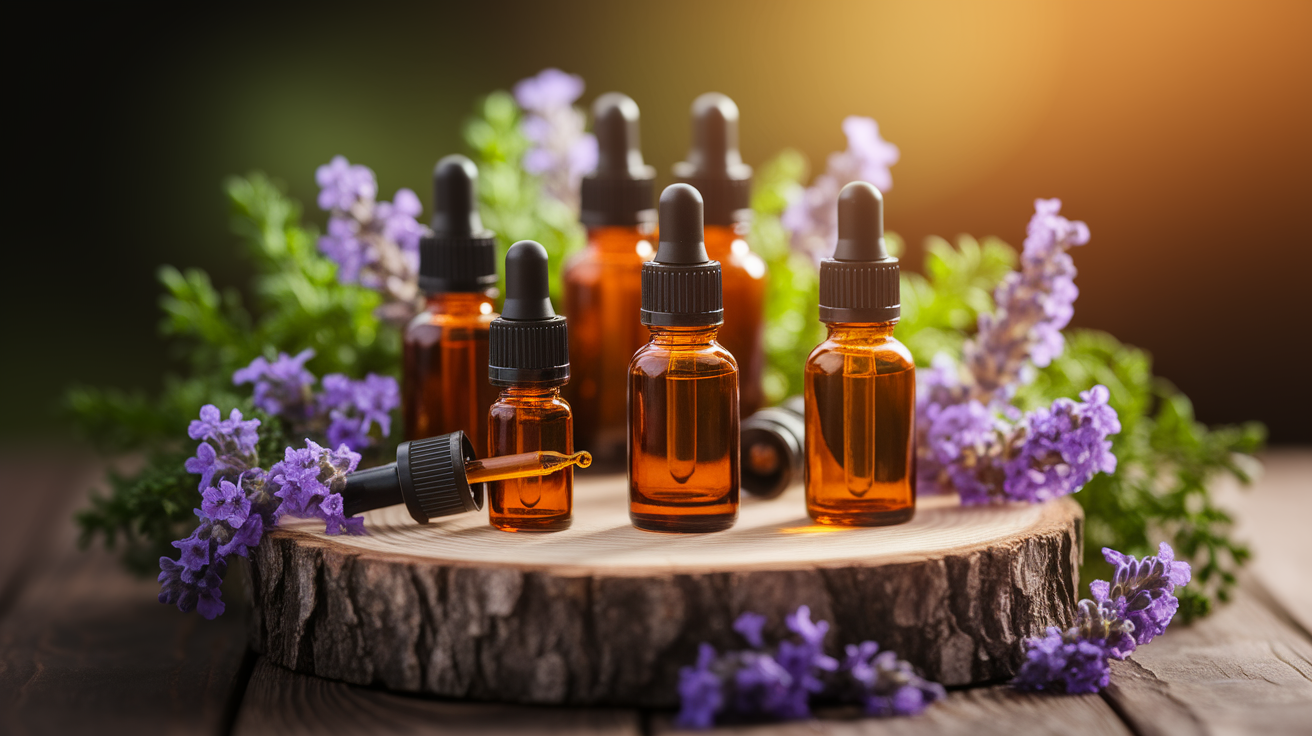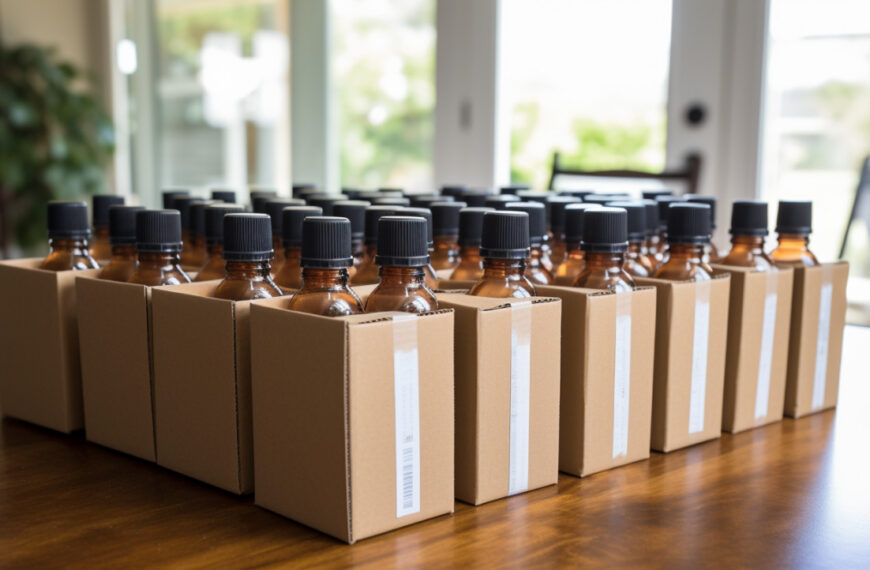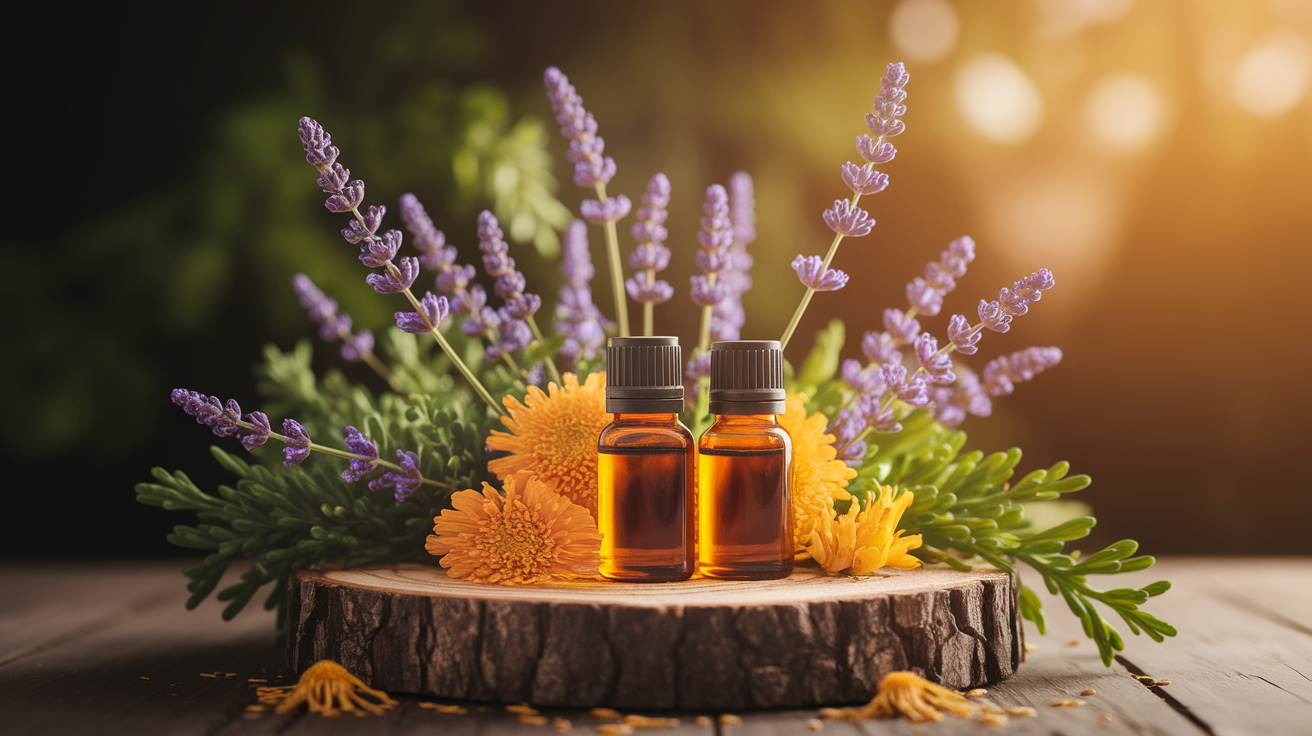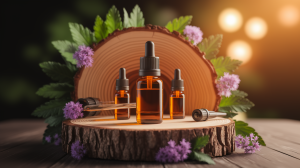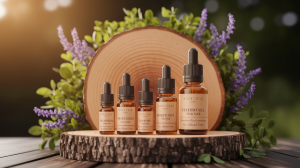Introduction – Safe Scents for Little Ones
There’s a certain magic in scent—it can soothe, energize, and bring a comforting warmth into a room. But when we’re talking about young children, especially in places like childcare centers or preschools, that magic needs to be handled with care. Essential oils may be natural, but they’re also powerful, concentrated plant extracts. Around little ones, a dab too much could mean irritation, headaches, or something more serious. That’s why any form of aromatherapy or oil use in childcare settings needs clear safety guidelines—not just for compliance with health regulations, but to protect those precious tiny humans from harm.
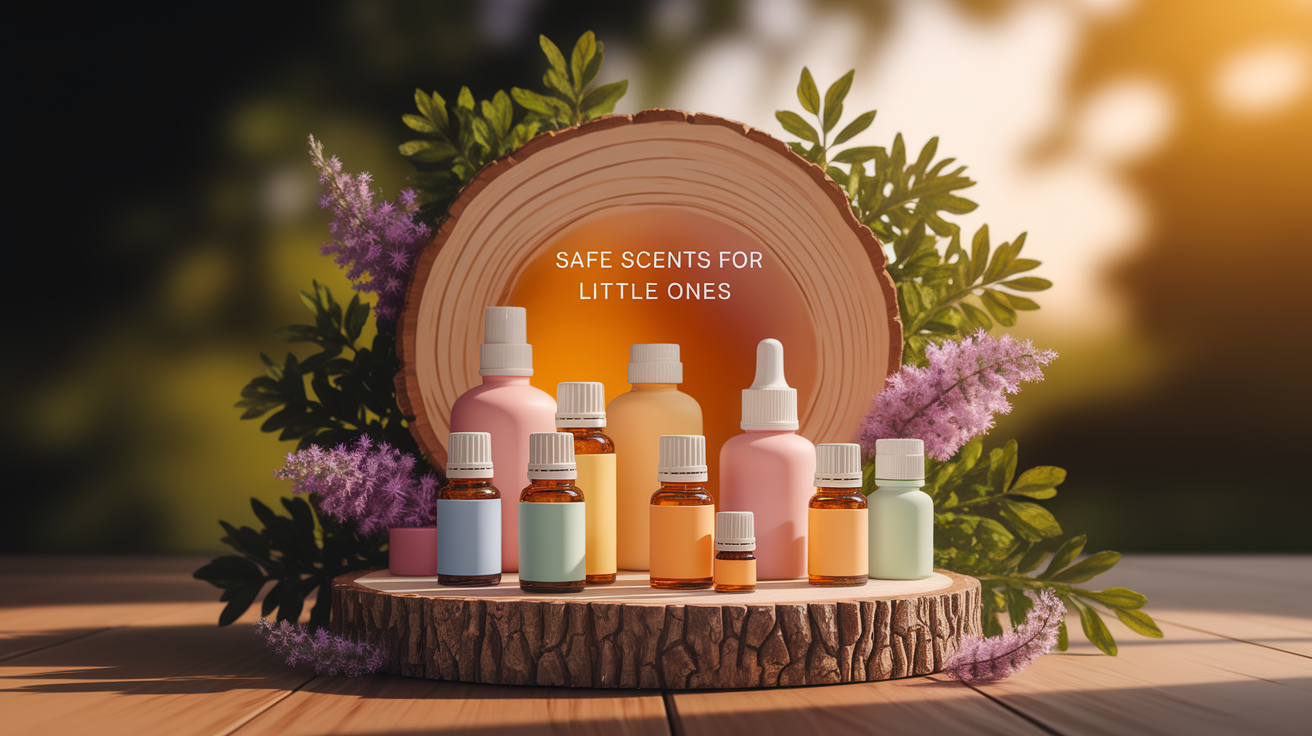
Understanding the Risks
Here’s the thing: children’s skin is thinner, their immune systems are still finding their footing, and their respiratory systems are far more sensitive than ours. Overexposure or the wrong oil can lead to allergic reactions, respiratory distress, or even toxic exposure. Some oils—like Birch, Wintergreen, and certain chemotypes of Eucalyptus—carry enough potency to cause harm swiftly in young bodies. According to pediatric safety guidelines, it’s best to completely avoid using essential oils directly on children under 2 to 3 years old and keep even gentle scents at a strict dilution for older kids. That’s not paranoia—that’s simply acknowledging how tiny details, like one extra drop, can have big consequences.
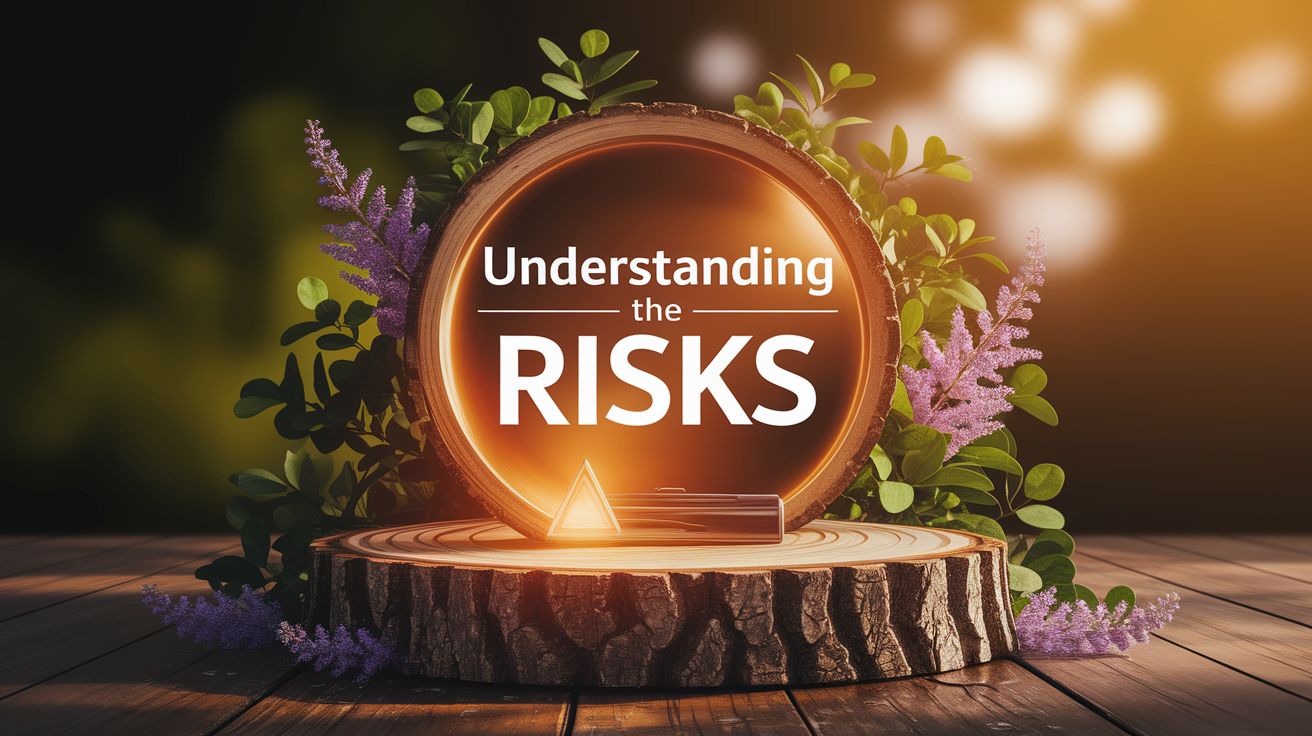
Age-Based Dilution Guidelines
Think of dilution like adding water to a fiery chili—it keeps things from burning too hot. For essential oils in childcare settings, the safe range is surprisingly low:
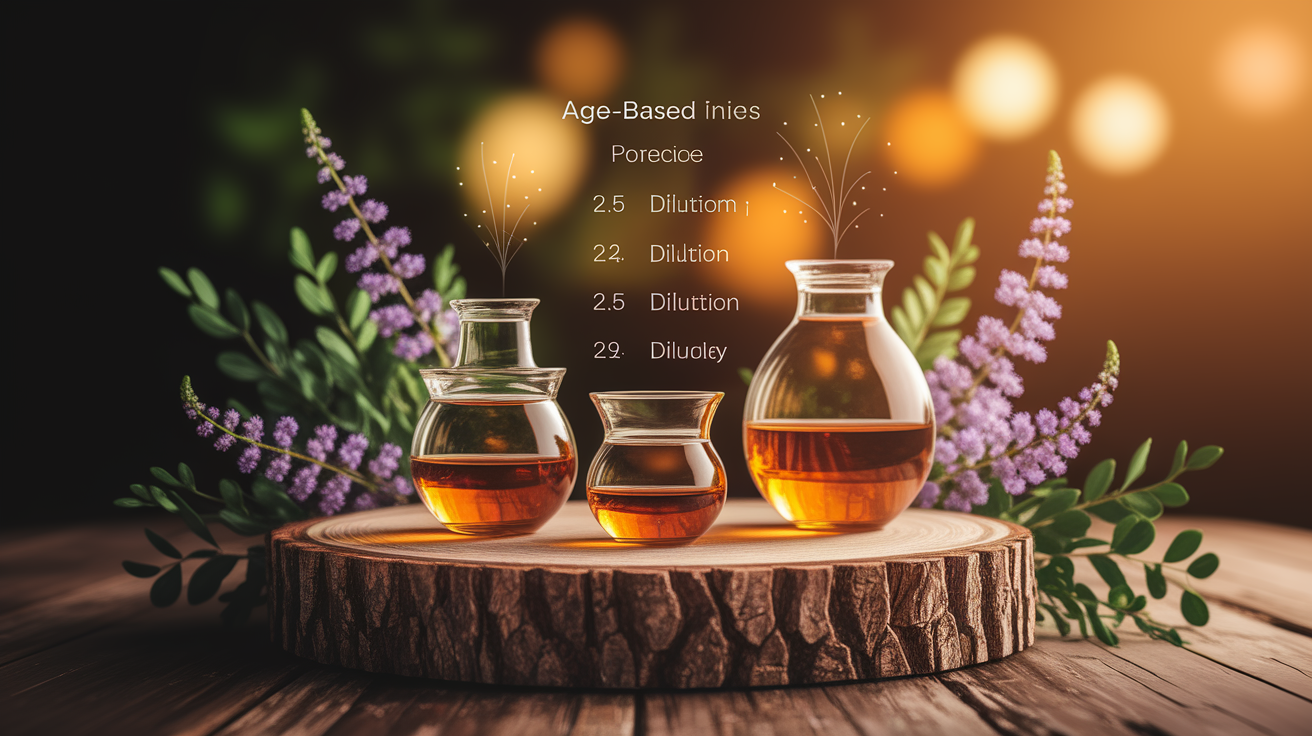
- For ages 2–6: Dilute oils to just 0.25–0.5%
- For ages 6–12: 1% dilution is the upper limit
- For ages 12 and above: 2–3% is generally safe
These rates, outlined in child-specific safety guidelines, help prevent skin irritation and keep air quality stable in classrooms. In practice, this might mean a single drop of oil in a large diffuser filled mostly with water, and only for short periods. It’s one of those rules that sounds overly cautious until you’ve seen how quickly an over-scented room can make little noses twitch and eyes water.
Oils to Avoid in Childcare
Some oils just don’t belong in a childcare environment—no matter how nice they smell. High-menthol oils or those with strong chemical components can trigger respiratory problems or even neurological symptoms in small children. Specific no-go oils include:
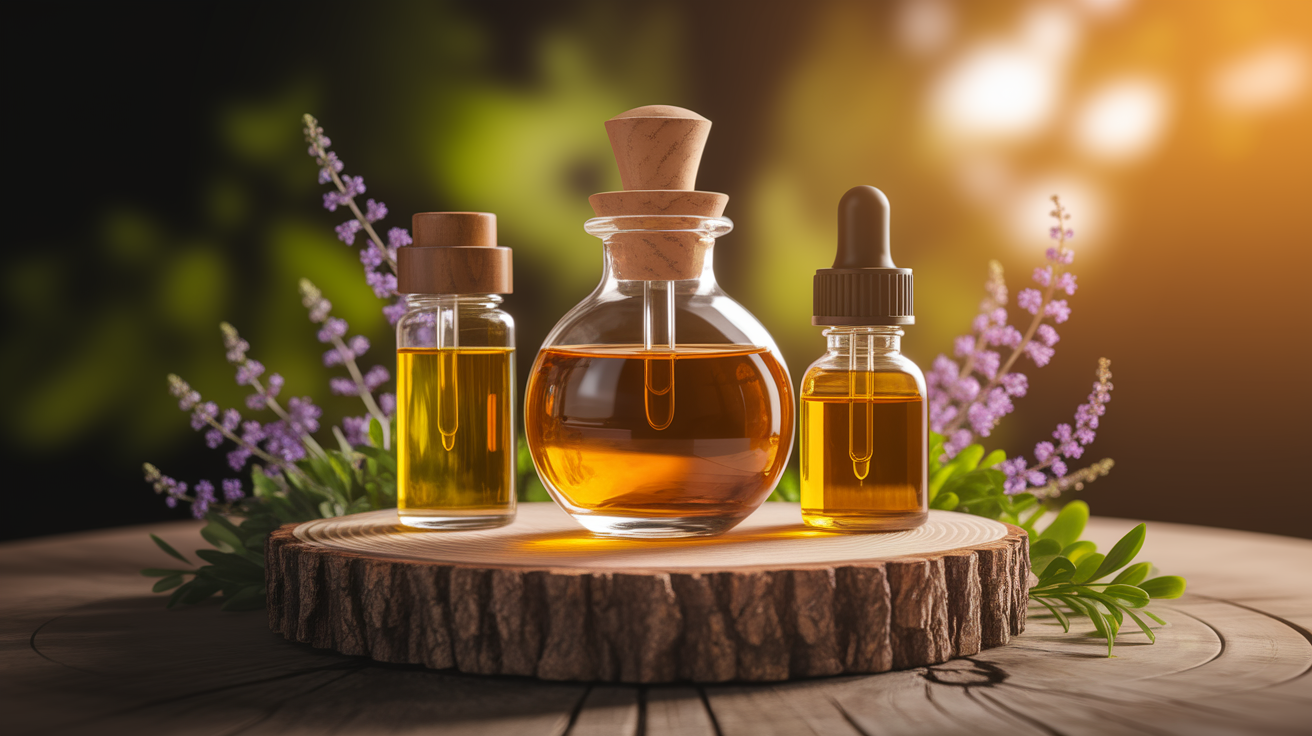
- Birch
- Wintergreen
- Eucalyptus (especially Eucalyptus globulus)
- Peppermint for under age 6
- Cinnamon bark (too irritating for delicate skin)
These aren’t arbitrary bans—these are recommendations grounded in extensive safety research and years of risk assessment in pediatric care settings.
Safe Storage and Handling Policies
If you’ve ever seen how curious a toddler can be, you’ll understand why storage is the secret backbone of essential oil safety. Every bottle needs to be stored securely, ideally with child-proof caps and well out of sight. Safe handling guidelines stress keeping oils away from play areas, labeling bottles clearly, and never leaving them unattended during use. Staff training plays a huge role too—caregivers should be able to spot signs of adverse reaction, know emergency procedures, and follow OSHA-compliant workplace safety childcare standards. Even small details like dedicated ventilation systems or scent-free cleaning routines matter for maintaining safe indoor air quality.
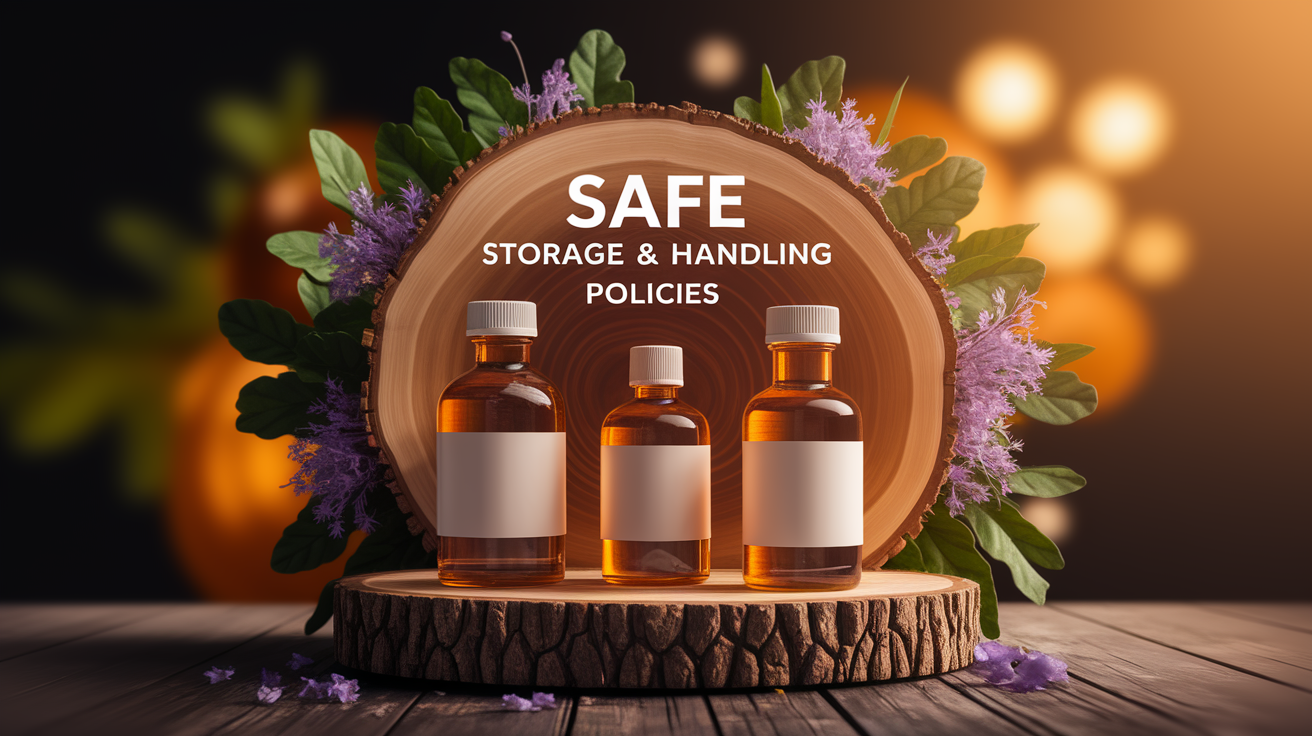
Implementing a Childcare Essential Oil Policy
Creating a childcare essential oil policy isn’t just about deciding which scents are allowed—it’s about building a framework that protects both children and staff. Here’s what a well-rounded policy should cover:
- Clear guidelines on which oils can be used and at what dilution rates.
- Parental consent forms for any direct or environmental use of oils.
- Defined limits on diffuser use, including duration and room ventilation.
- Staff training in safe handling, spill response, and child-specific safety protocols.
- Emergency response procedures for accidental ingestion, skin contact, or inhalation issues.
- Compliance with local licensing requirements and occupational safety regulations.
Policy development should involve risk assessment and align with industry-recognized safety standards, ensuring a balance between wellness programs and environmental health needs.
Conclusion – Scents with Safety
Used wisely, essential oils can bring gentle comfort and a breath of calm into a childcare space. But here’s the truth—they’re not everyday playthings, and every precaution we take matters. A bit of structure keeps the beauty of aromatherapy alive without crossing into risky territory. The goal is simple: scents that delight, never endanger. When safety leads the way, those little noses can keep breathing free and easy, and the stories behind each scent remain sweet ones.

